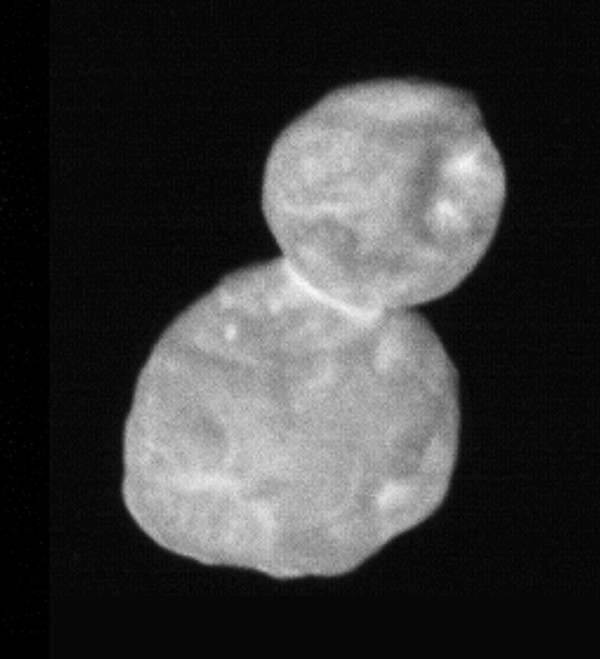Around a year ago, NASA's New Horizons mission captured the image of Arrokoth (formerly Ultima Thule), a strange double-headed rock that is located almost 4.1 billion miles away from the earth. The shape of this object literally resembled a snowman, and scientists revealed that it is the most distant object ever visited by a human mission.
A milestone achievement by New Horizon mission

It should be noted that the New Horizons mission spent only a handful of minutes near the space rock, but those minutes were used to record a huge amount of information. Now, a set of recent papers published in journal Science unveiled several mindblowing details about the space rock.
Monica Grady, a Professor of Planetary and Space Sciences at The Open University has revealed that data sent by the New Horizons mission could help humans to understand how this space rock got the shape of a snowman. She also revealed that this explanation could help to understand more about the way in which this space rock remains unaltered in its shape.
"One of the most important aspects, though, is the way the two lobes are joined. The neck between the two lobes is well defined, but now also seen to be smooth – there is no indication of any fracturing. This is important, as fracturing would be the case if the two lobes had smashed together in an energetic impact or were collisional fragments from a larger body. The implication is that the individual lobes were already bound to each other by gravity, rotating slowly before coming together in a gentle collision at a velocity of only a few meters per second," wrote Grady in the Conversation.
Two lobes of snowman can be considered different terrains
It should be noted that the Snowman's surface has two lobes, and they are thought to be single bodies. Grady revealed that these two lobes can be classified as two different terrains based on colour, slope, and smoothness. However, Grady made it clear that we do not have sufficient information regarding the mineral composition of these two lobes.
In her article, Grady also suggested that the presence of any forms of life will be impossible on the snowman rock due to the freezing temperature in the Kuiper belt.









